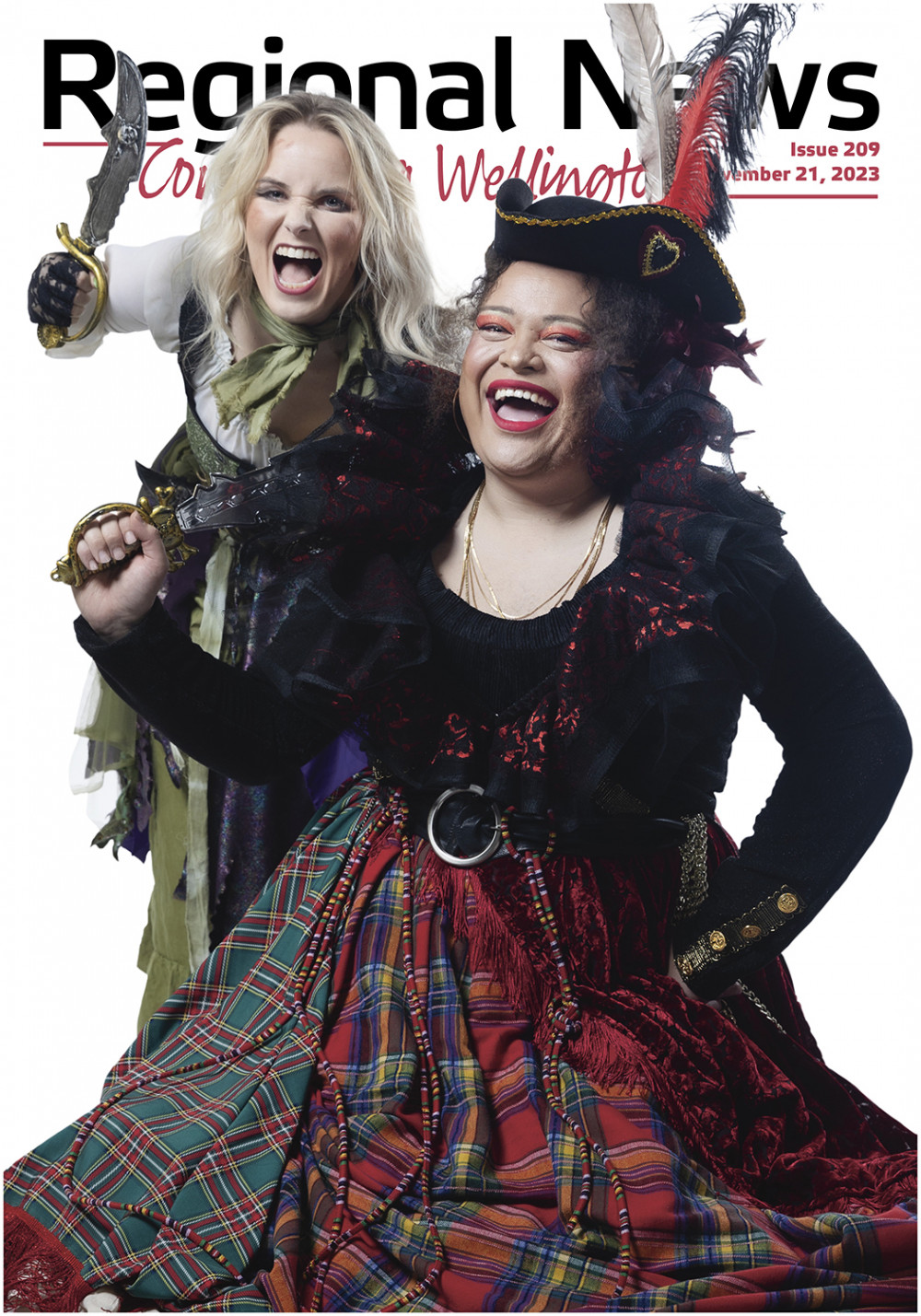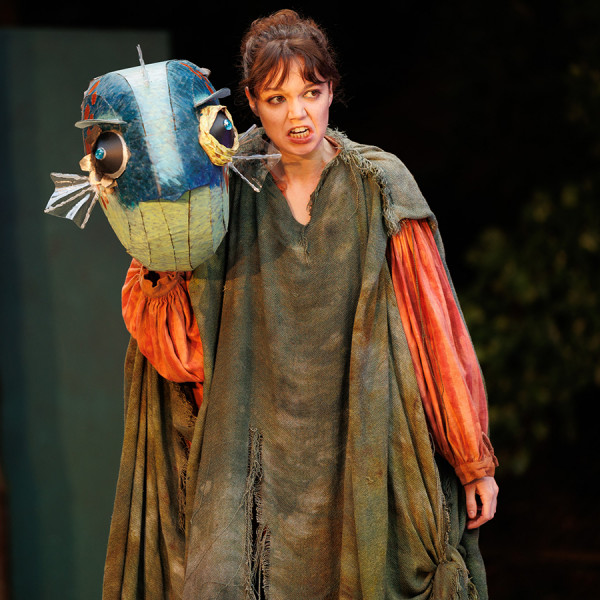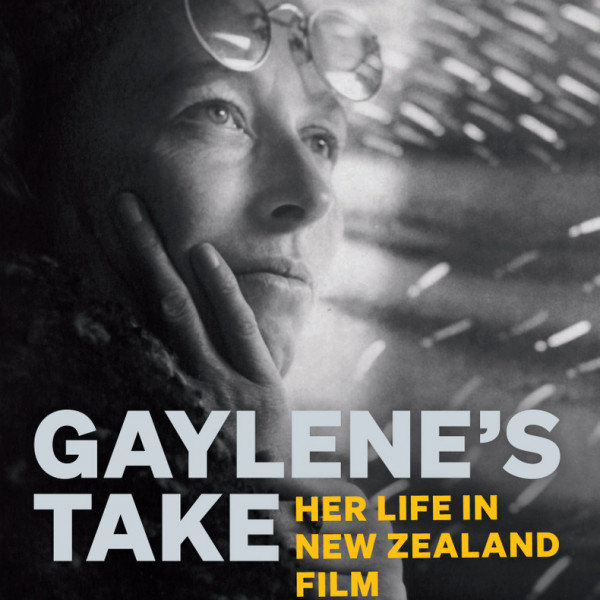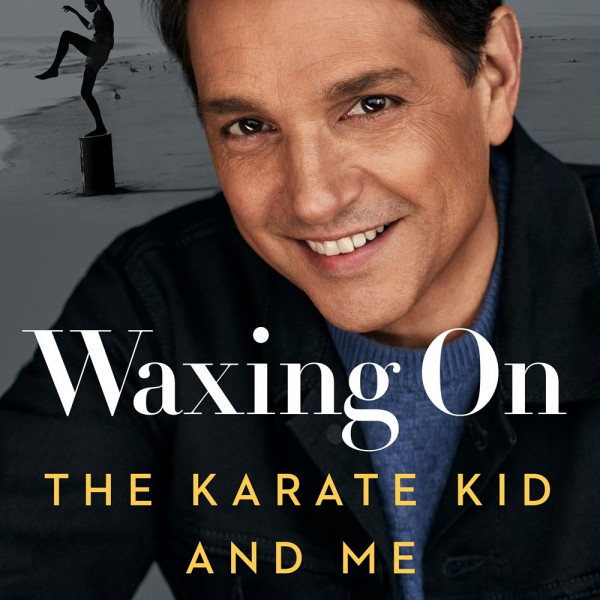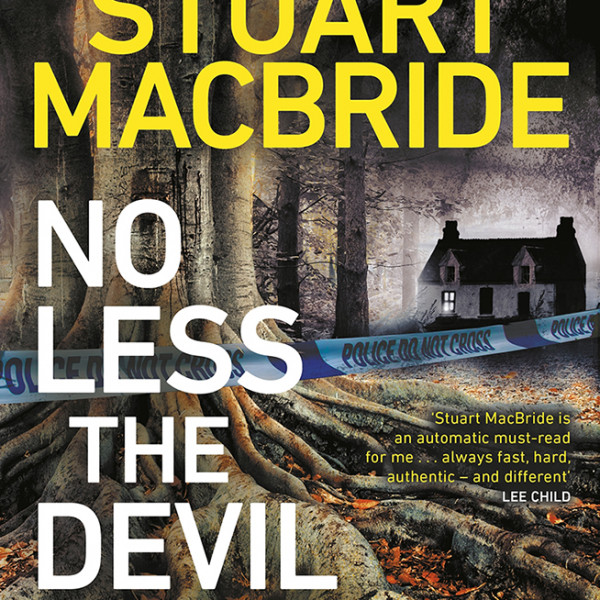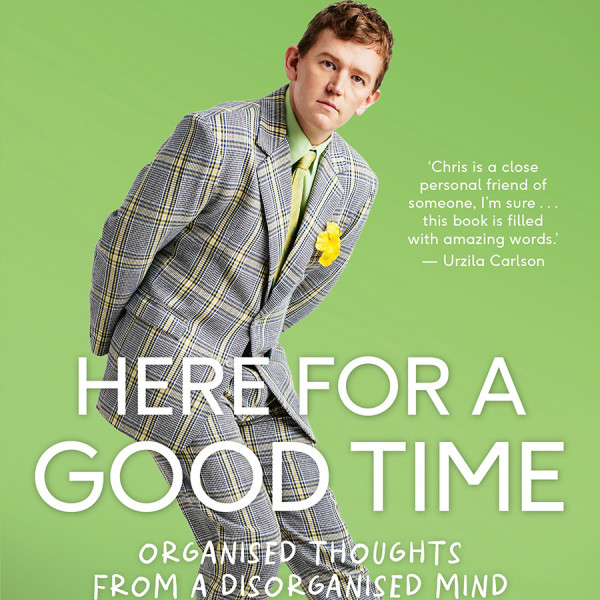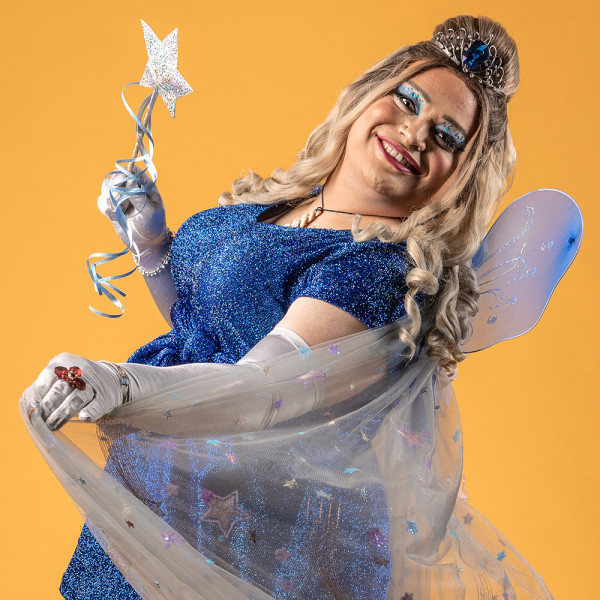
What better way to start the new year than with a book that may just help you achieve the ultimate goal of happiness?
Cracking the Happiness Code was not, at first, a particularly alluring book. Something about the cover and the subject matter felt overworn, i.e. another book on happiness, that oft-elusive emotion. However, it turned out to be an impressive and meaningful delve into the mechanisms of achieving happiness.
In Cracking the Happiness Code, author Pamela Stoodley, a medically trained doctor, neuropsychologist, and counsellor, is well placed to offer insights into happiness and how and why it might elude you.
The first half of the book is the why, highlighting the thoughts, behaviours, and circumstances that may be contributing to unhappiness. The second half details the how; the strategies and practical changes that can ultimately lead to a happier life.
The chapter titles can sound a little harsh: Victimisation, Infestation, Retribution, and Elimination, to give you an idea. Elimination got me thinking. As a large consumer of news, both good and bad (possibly more bad), I wondered could I ‘unconsume’, go on a ‘news diet’? Stoodley suggests liaising with an equally minded friend who also partakes heavily in a media-saturated environment, to update you with news truly relevant to you each week, and to do this with no emails, no forwards, and no screenshots. You will find that the news that’s actually important to you will significantly diminish. Stoodley says to connect with real humans and learn about their real stories first-hand.
Cracking the Happiness Code contains real-world strategies. There’s even a chapter called Consumption, which takes a look at how nutrition can affect our moods. With vast skill and experience, the author outlines what keeps us from happiness and ways to help us achieve the deep-set emotion most of us strive for, but do not always obtain.
The first step, says Stoodley, is action – it’s not about what has caused you to be unhappy all this time, it’s about taking charge and doing something about it.



